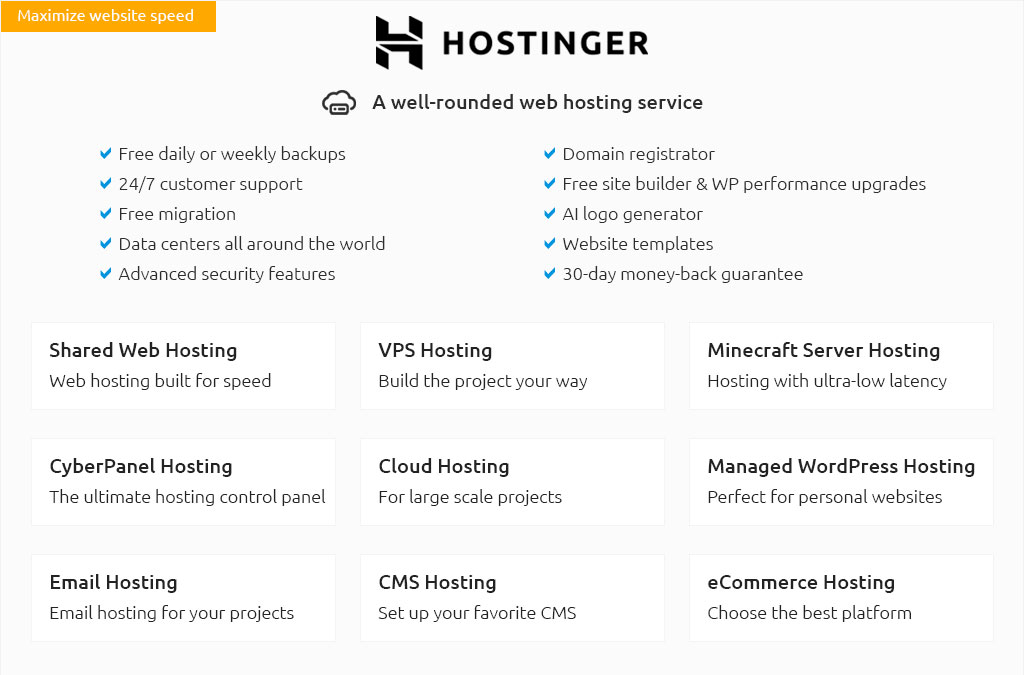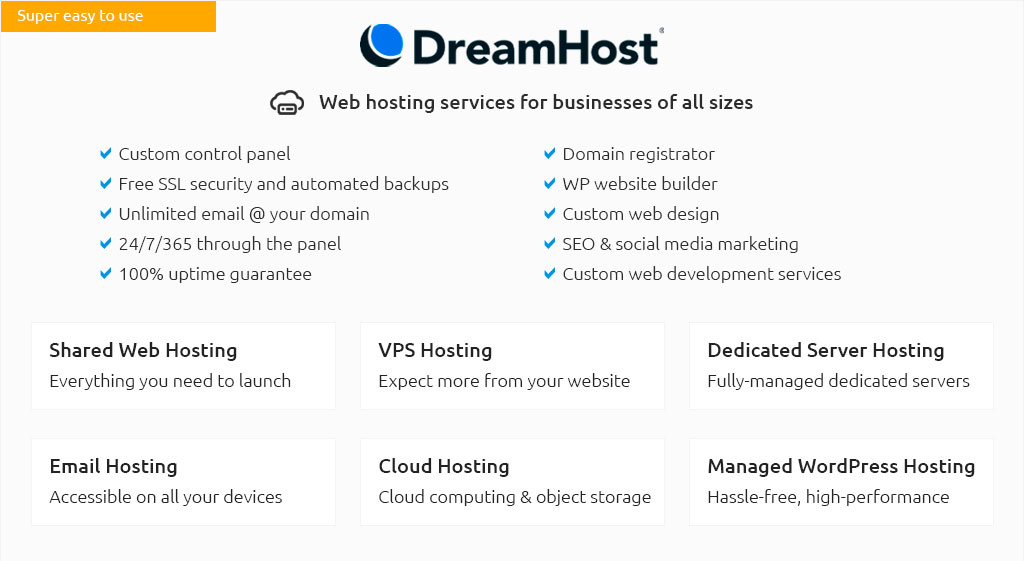 |
|||
 |
 |
 |
|
 |
|
 |
 |
 |
|||
 |
|||
 |
|||
 |
|||
 |
 |
static html hosting essentials and practical tipsWhat it isStatic HTML hosting serves prebuilt files-HTML, CSS, JS, and assets-directly from a web server or edge network. Because there’s no database or runtime, pages load fast, scaling is simple, and attack surface is small. It’s ideal for portfolios, docs, landing pages, and prototypes. How it worksYour site is uploaded to a storage bucket or repo and published behind a CDN. A change to a file triggers an atomic deploy, making rollbacks trivial. Add SSL, custom domains, and redirects to polish the experience. Why people choose it
Popular options include object storage + CDN, all-in-one platforms, and self-hosted Nginx. Pair with a static site generator or a modern build tool, then automate deploys from main. Start small, measure, and evolve as needs grow.
|